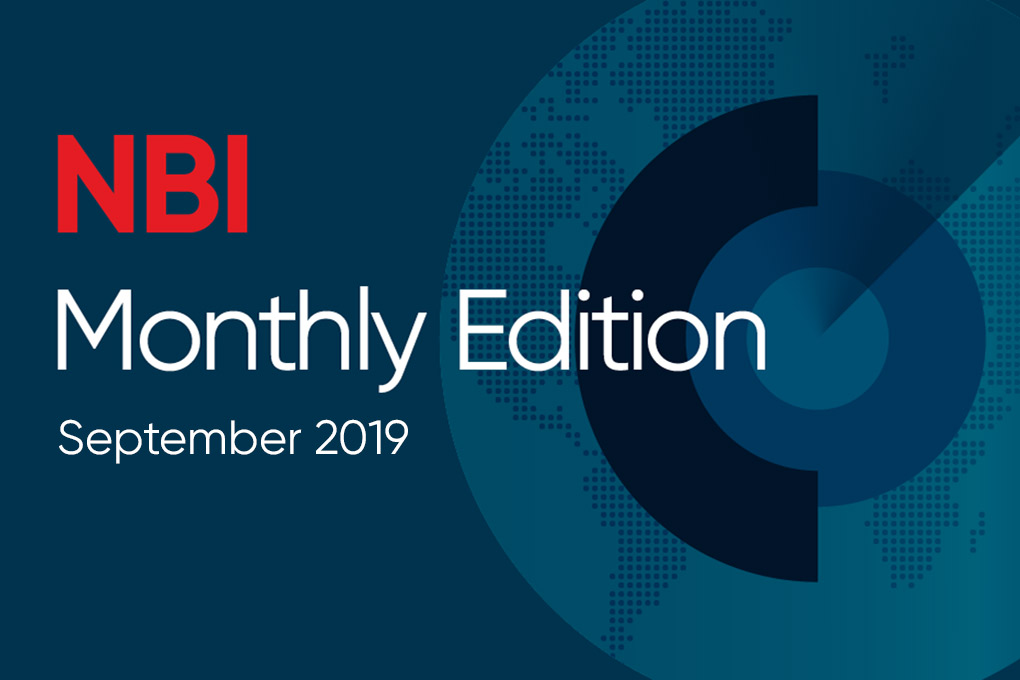Needless to say, it came as a surprise when bonds performed better than expected year-to-date, while the financial community assumed the glory days of bonds were over. Investors often tend to turn the other cheek to this asset class, but is it really justified? We’re setting the record straight with our top three myths and realities that apply to fixed income.
MYTH #1: Equities always result in higher returns
REALITY #1: Fixed income assets tend to outperform riskier asset classes during periods of high volatility, erratic geopolitical events, economic downturn or low inflation.
Bond prices tend to move in different directions than stock prices, especially during market downturns.

Source: Morningstar Direct. Stocks are represented by the S&P/TSX Index and bonds by the FTSE Canada Bond Universe. Past performance is not an indication of future returns.
MYTH #2: Rising rates have a detrimental effect on fixed income assets
REALITY #2: Some fixed income assets still manage to generate positive returns in previous rising rate environments, such as high yield and emerging bonds, as well as preferred equities. Strategies to minimize risk sensitivity to interest rates also exist.
MYTH #3: Fixed income assets are only for conservative investors; rates are too low to keep this asset class in a portfolio
REALITY #3: Including fixed income assets in portfolios provides diversification for all investor profiles, aiming to offset risks.
Key roles of fixed income investments

THE VERDICT IS IN: Fixed income assets have a place in every portfolio
With the equity market performing well in the past few years and interest rates still relatively low, it can be easy to overlook fixed income investments.
Regardless of interest rate movements, bonds will always be an important component of any diversified portfolio. Investors, take note: there are traditional and non-traditional fixed income strategies that can provide greater levels of risk diversification and the chance to benefit from a broader range of fixed income returns.
Performance across the fixed income spectrum may differ based on their composition and market environment.
While traditional investing strategies are proving to be ineffective under certain circumstances, this reference table shows it is possible to identify the best opportunities and adapt portfolios to changing market conditions.


